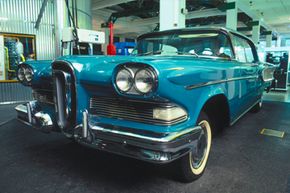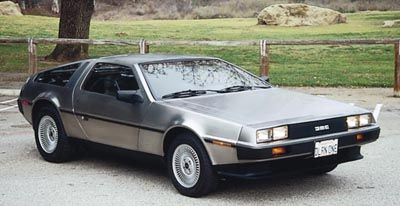In the pantheon of automotive history, few names evoke as much fascination and head-scratching curiosity as the Edsel. This ambitious car, introduced by Ford Motor Company in the late 1950s, has become synonymous with failure and misguided innovation. The Edsel's introduction was one of the most hyped in automotive history, yet it failed to capture the hearts and wallets of the American public. Let's explore how a car meant to symbolize the future became a cautionary tale of overreach and mismanagement.
Advertisement


